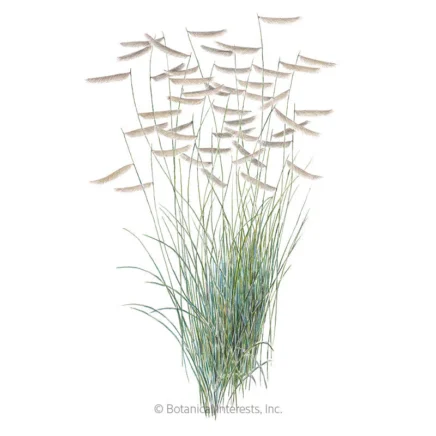Although I love growing tomatoes, lemon verbena, and celosia in my garden, I often turn to native plants for landscaping. In fact, I’m currently in the process of transforming my urban yard into an oasis filled with plants like tall green milkweed, prairie dropseed, and New Jersey tea. Not only are these species primed to survive without much water or fertilizer, but they also serve as hosts for caterpillars that act as an important food for songbird chicks.
However, growing these plants from seed isn’t always as easy as placing them in potting soil, watering, and waiting. That’s because many of these seeds require exposure to a cold, moist environment before they can germinate. This period mimics a winter spent outdoors and allows the seeds to break dormancy. If you want to germinate them indoors, you have to let them spend a few weeks or months in the refrigerator before planting.
If you want to plant natives ASAP during spring or summer, your best option is to look for species with seeds that don’t require stratification to germinate. These seeds are ready to germinate as soon as they’re exposed to damp conditions and the proper temperature. Once they emerge, you can let them grow into robust seedlings and then add them to your garden.
Blue Grama Grass
Native Blue Grama Grass Seeds
Purple Coneflower
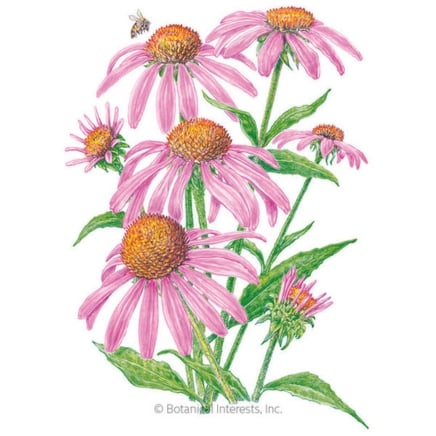
Purple Coneflower Echinacea Seeds
Wild Bergamot
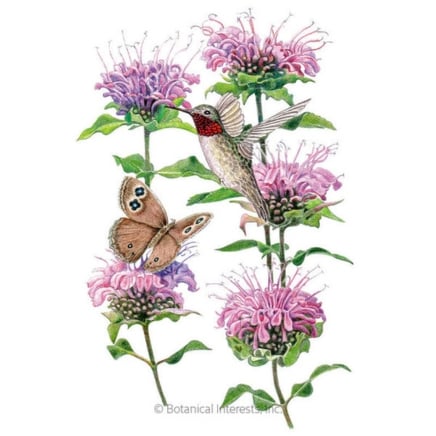
Blue Grama
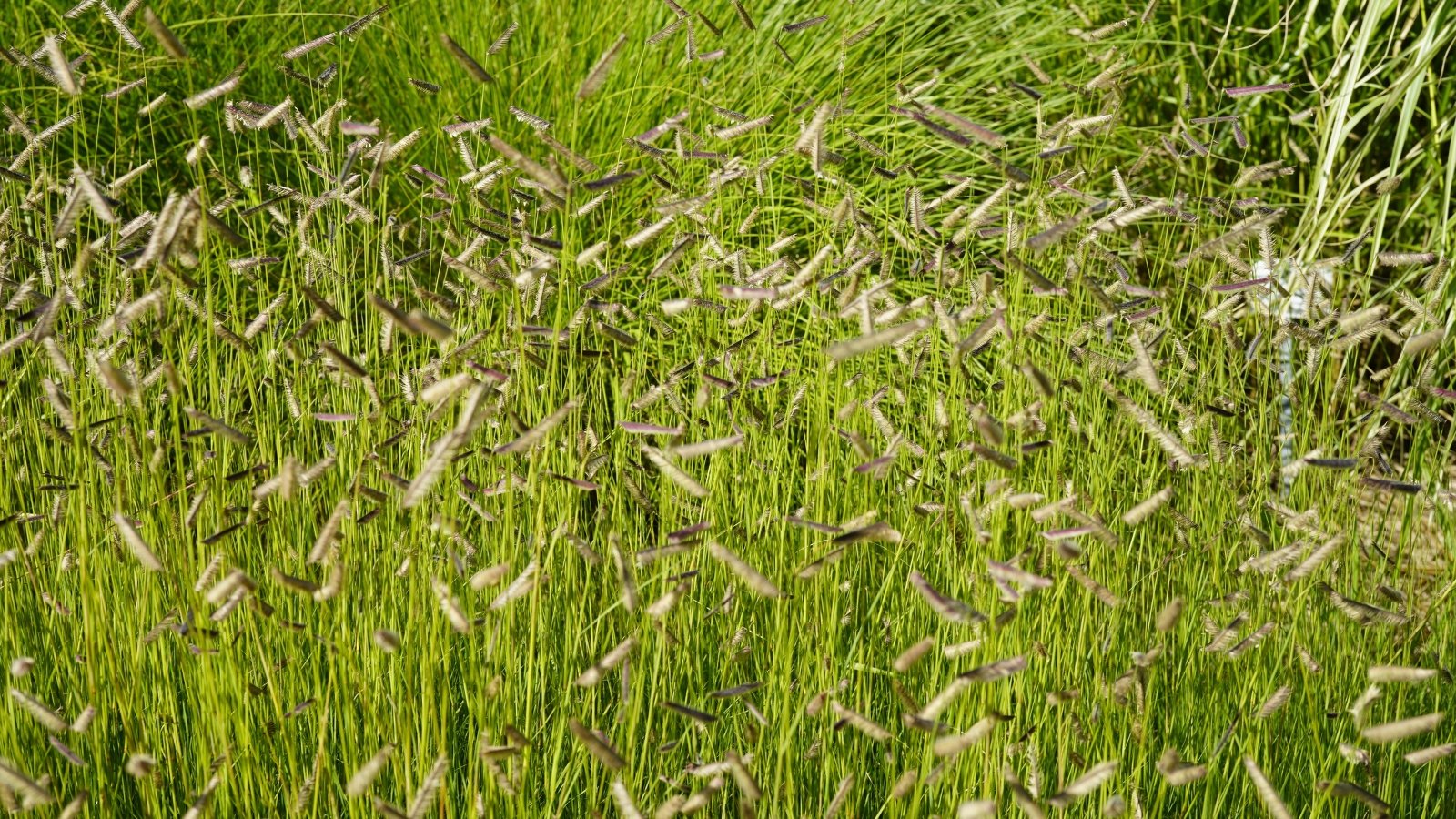
This short, clump-forming grass is native to prairies and thickets in the Central, Southwest, and Mountain regions of the U.S. It puts on growth in the summer and resists drought, making it a great option for hot and dry areas. Blue grama can tolerate a range of soils but won’t grow well in wet areas.
Since the plants remain short, it’s a good option for front yard micro meadows. If left unmowed, blue grama produces beautiful, long seedheads during the summer. You can also mix it with other native grasses and keep it mowed to produce a native lawn. Along with being low-maintenance, the blue gramma is a host for Leonard’s skipper and the common branded skipper.
You can collect mature seeds in the fall or purchase seeds online. Cover the seeds with about a quarter of an inch of soil and set them somewhere warm until they germinate.
Buttonbush
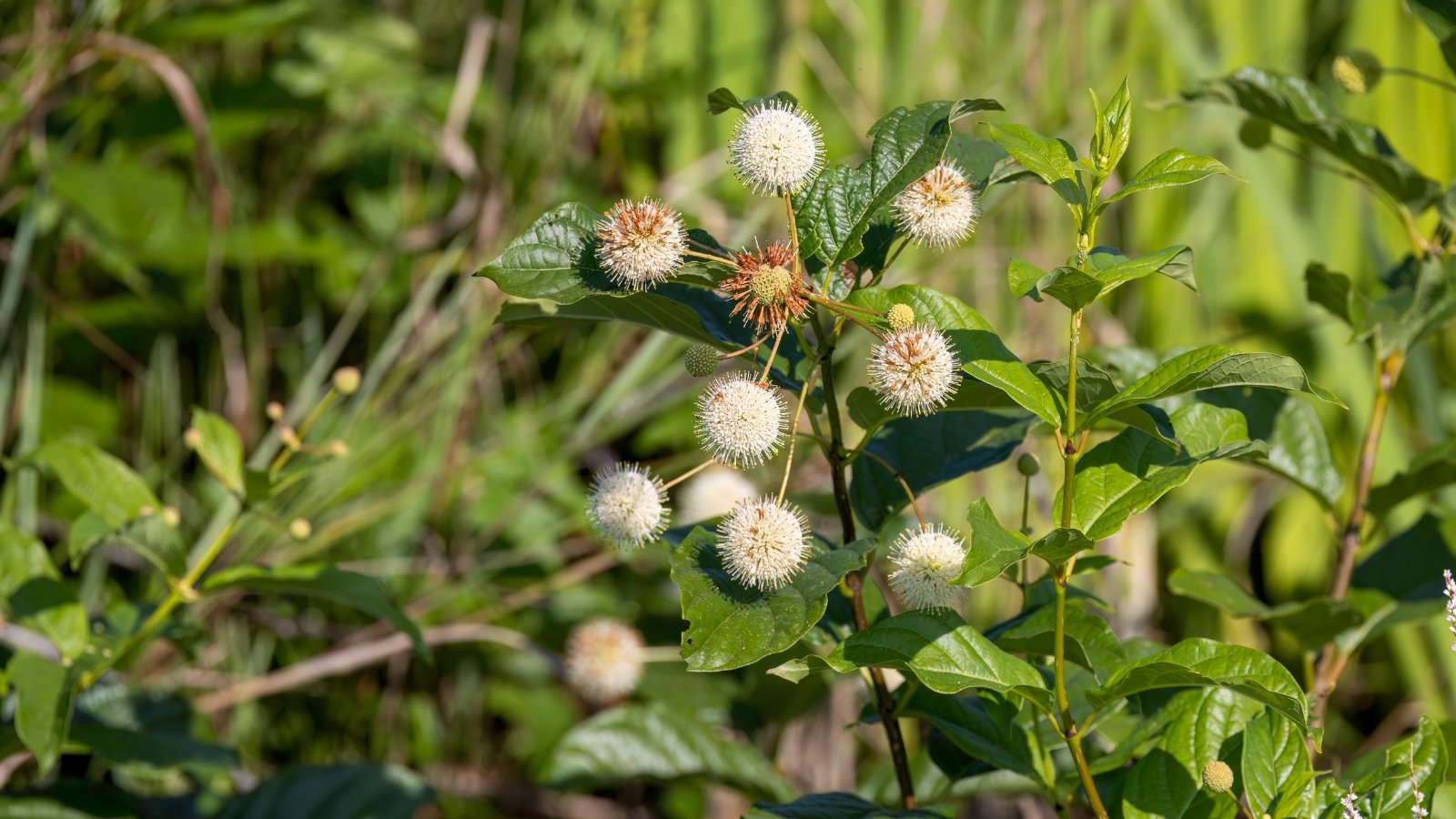
Aptly named, buttonbush is a medium to large shrub that produces spherical clusters of flowers. These plants thrive in moist soil, so you can often see them growing on streambanks, beside ponds, and along moist forest edges. At home, it works well in rain gardens and in damp garden beds.
Buttonbush is native to the eastern half of the United States, as well as portions of California and the Southwest. Its tiny flowers attract numerous butterflies and bees, and waterfowl feed on the small seeds. Although the plants lose their leaves in the winter, the interesting, twisting trunk adds appeal to the winter garden.
Purple Coneflower
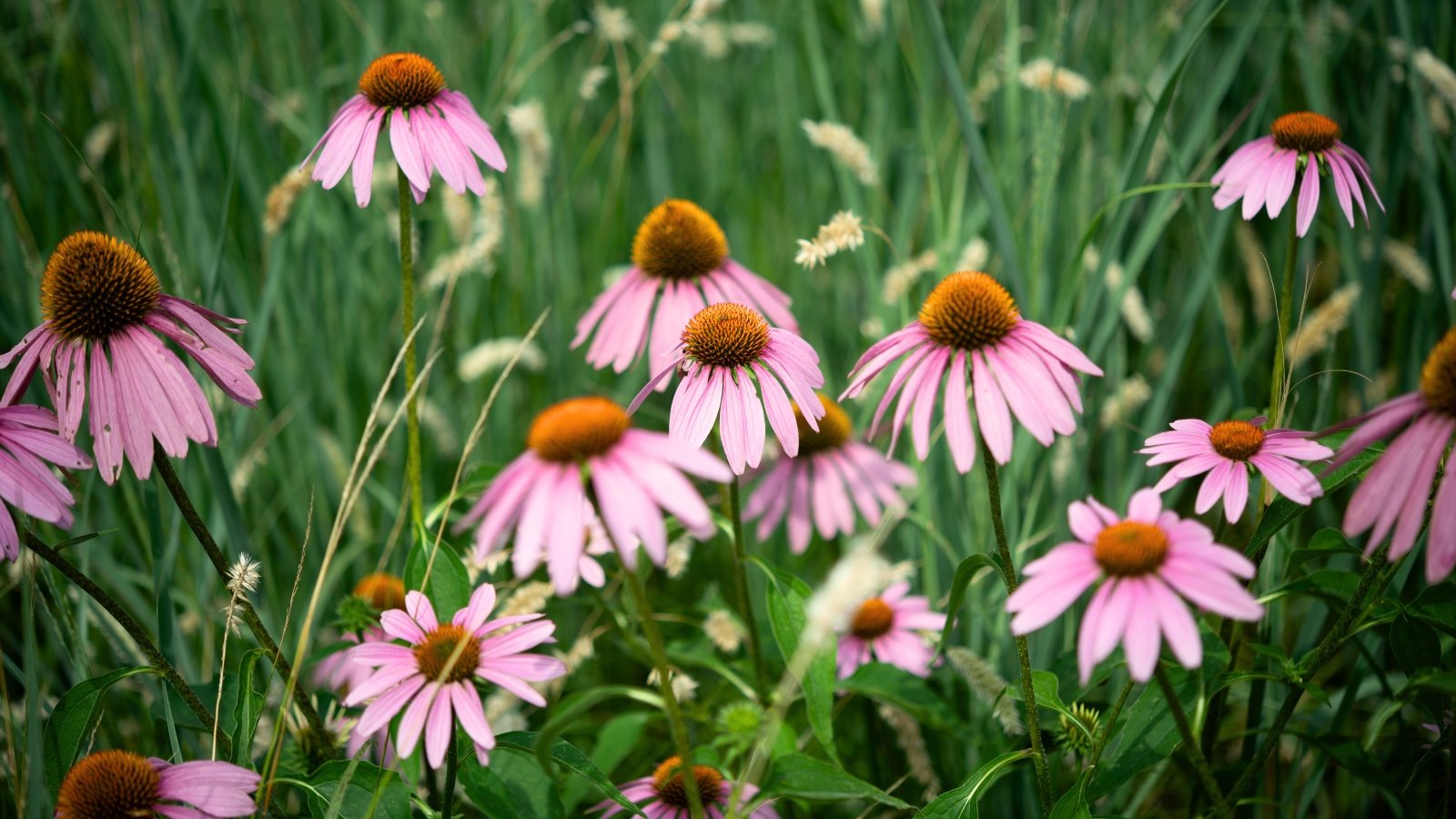
One of the most popular flowers in native gardens, you can find these bright pinkish-purple flowers popping up in front yards, roadside restoration projects, and public parks. Purple coneflower is native to regions in the Central Plains and Appalachians, but you can find it growing throughout most of the eastern half of the US.
This perennial can tolerate moderate drought and thrive in poor soil. During the summer and early fall, the plants send up flowers featuring rounded orange-brown disc florets surrounded by light purple ray florets. The flowers attract bees and butterflies, and the resulting seeds bring in songbirds like goldfinches and cardinals.
Planting purple coneflower seeds is as easy as placing them in soil, covering them with a dusting of potting soil, and then setting them somewhere warm. However, be aware that many other native coneflower species have seeds that require cold stratification before they will germinate.
Shrubby St. John’s Wort
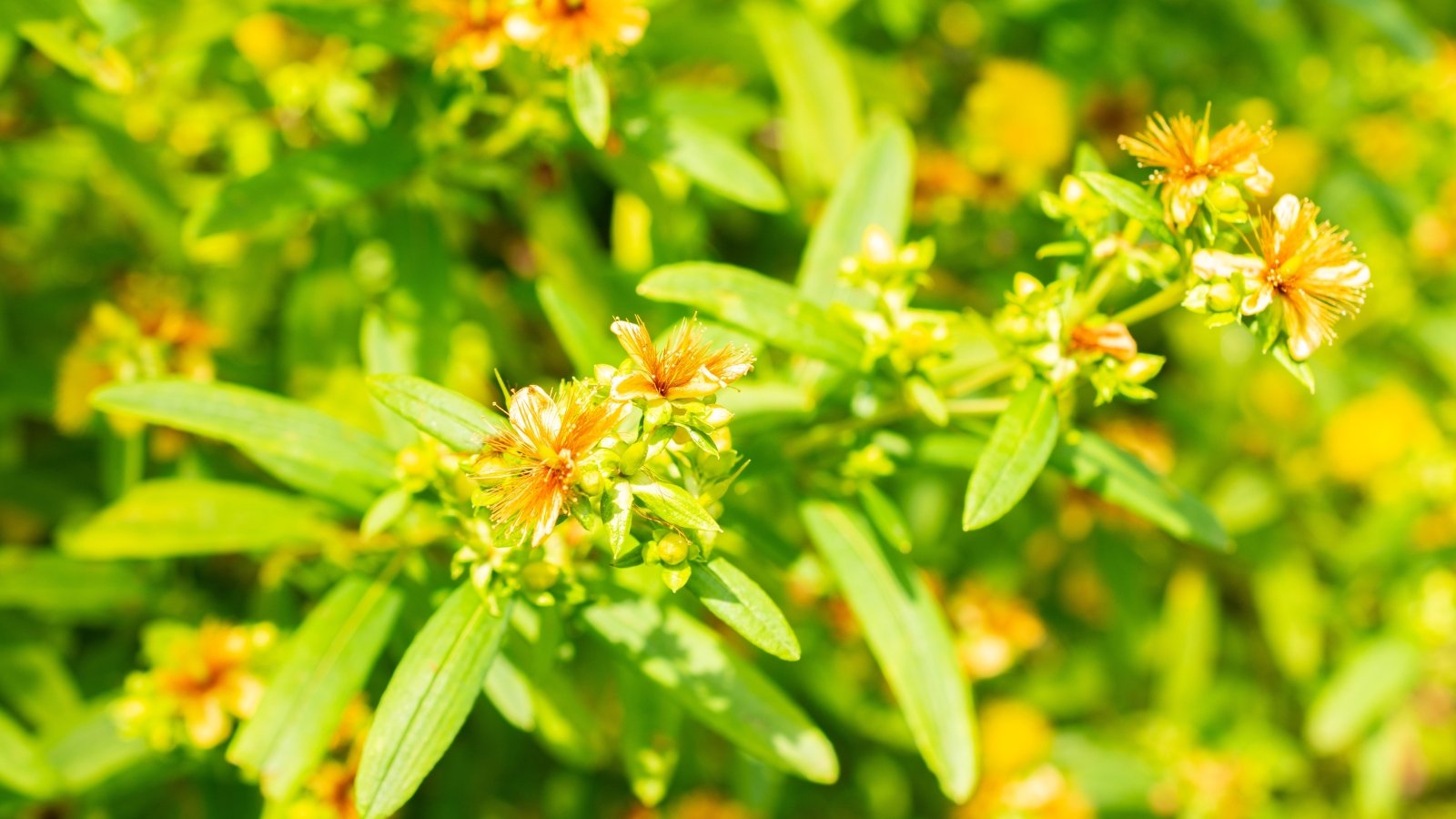
If you’re looking for a native that’s hardy, versatile, and a pollinator magnet, shrubby St. John’s wort could be the plant for you. The seeds of this native species don’t require cold stratification, and the plants grow abundantly with little maintenance!
During the summer months, the shrub becomes covered with hundreds of bright yellow flowers and abuzz with bees. These flowers continue blooming into early fall, and the green leaves change to bright orange before falling.
Since the plant develops a naturally dense and mounded shape, it fits well in neat and manicured gardens. This shrub is adaptable to a variety of soil types and can tolerate both slightly wet and slightly dry soil. It will remain happy as long as you keep it away from soggy soils and water during extreme drought. Plus, rabbits and deer will leave the foliage and stems alone.
The seeds are extremely small, so you shouldn’t cover them with soil. Just press them into the soil surface and keep them moist until they germinate.
Blue Toadflax
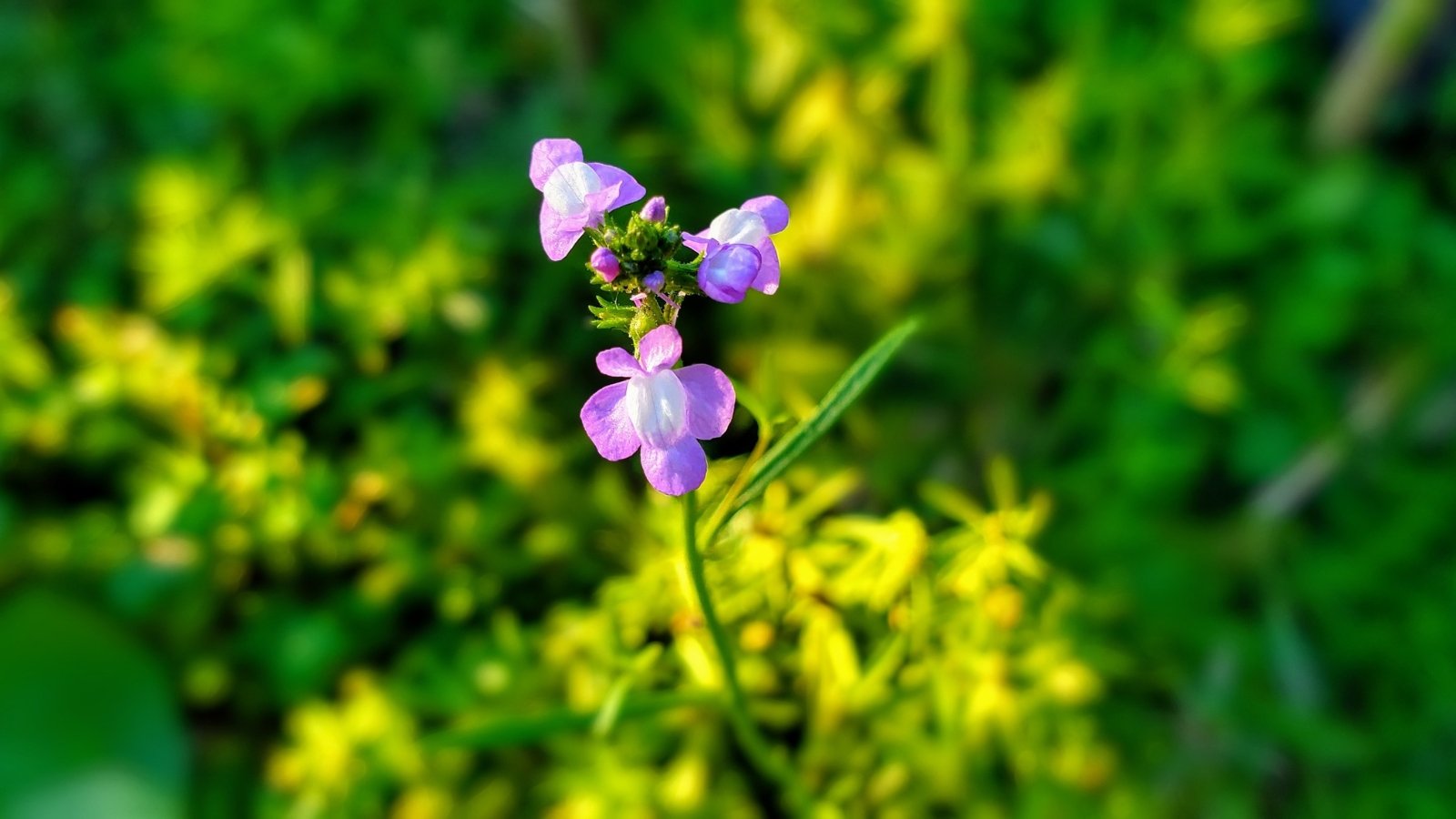
Blue toadflax is a cheerful annual or biennial native to the East Coast, Florida Gulf, and parts of the Midwest. It thrives in full sun and dry soil, making it a good option for areas that are too harsh for other plants. The plants produce tall, slender stalks with an upright habit. In late spring and summer, the tops of the stalks become covered with light purple and white flowers.
Although blue toadflax can tolerate dry soil, it requires excellent drainage. Therefore, it prefers sandy soil. Try planting it in naturally sandy soils or tucking it into sandy crevices in rock gardens.
These seeds are teeny tiny—a single ounce contains over a million seeds! Therefore, you should sprinkle them on the soil surface and avoid covering. Don’t worry about sprinkling too many seeds, you can always thin out the seedlings after they appear.
Wild Bergamot
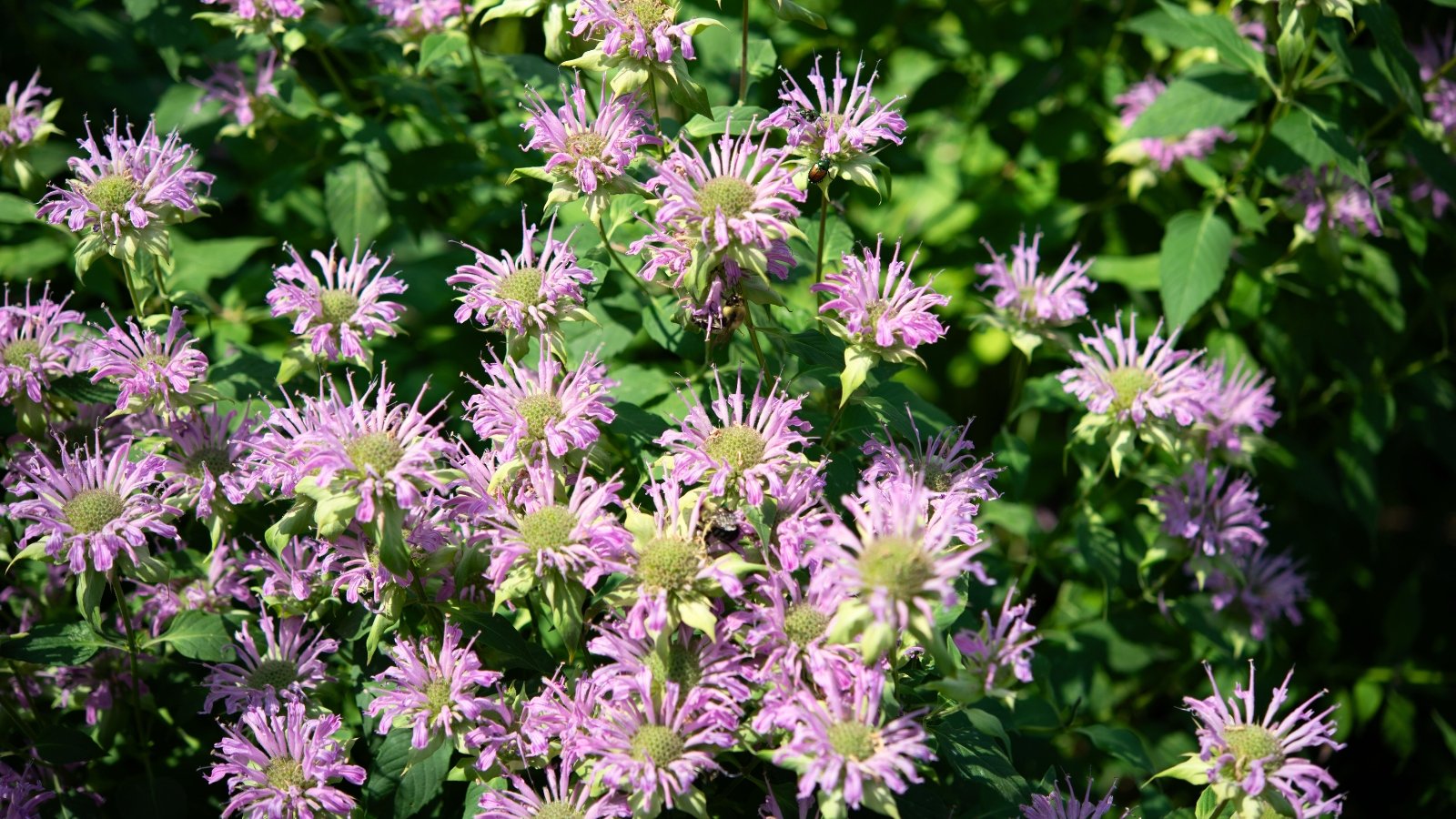
One of the most commonly grown Monarda species, wild bergamot is also known as bee balm or horsemint. The plants can grow in a variety of soil types and moisture levels, with the exception of wet soil. They’re native to most of the United States with the exception of the West Coast.
Gardeners love the showy, round clusters of tubular purple flowers that attract pollinators, including butterflies, hummingbird moths, and bees. The flowers appear in summer and early fall, and they pair well with other summer bloomers like lanceleaf coreopsis, rudbeckia, and sunflowers.
The square stems are covered with light green lanceolate leaves with a minty fragrance. People use the leaves to make tea, and they also host raspberry pyrausta caterpillars.
After a few years, the plants will form dense clusters of rhizomes. You can dig up and divide the plants to maintain good airflow and end up with plants you can move to other areas.
The small native seeds require light to germinate, but they don’t need cold stratification. Avoid covering them with soil. You can start the seeds indoors in trays any time of year or sprinkle them on the soil in the spring.
Common Evening Primrose
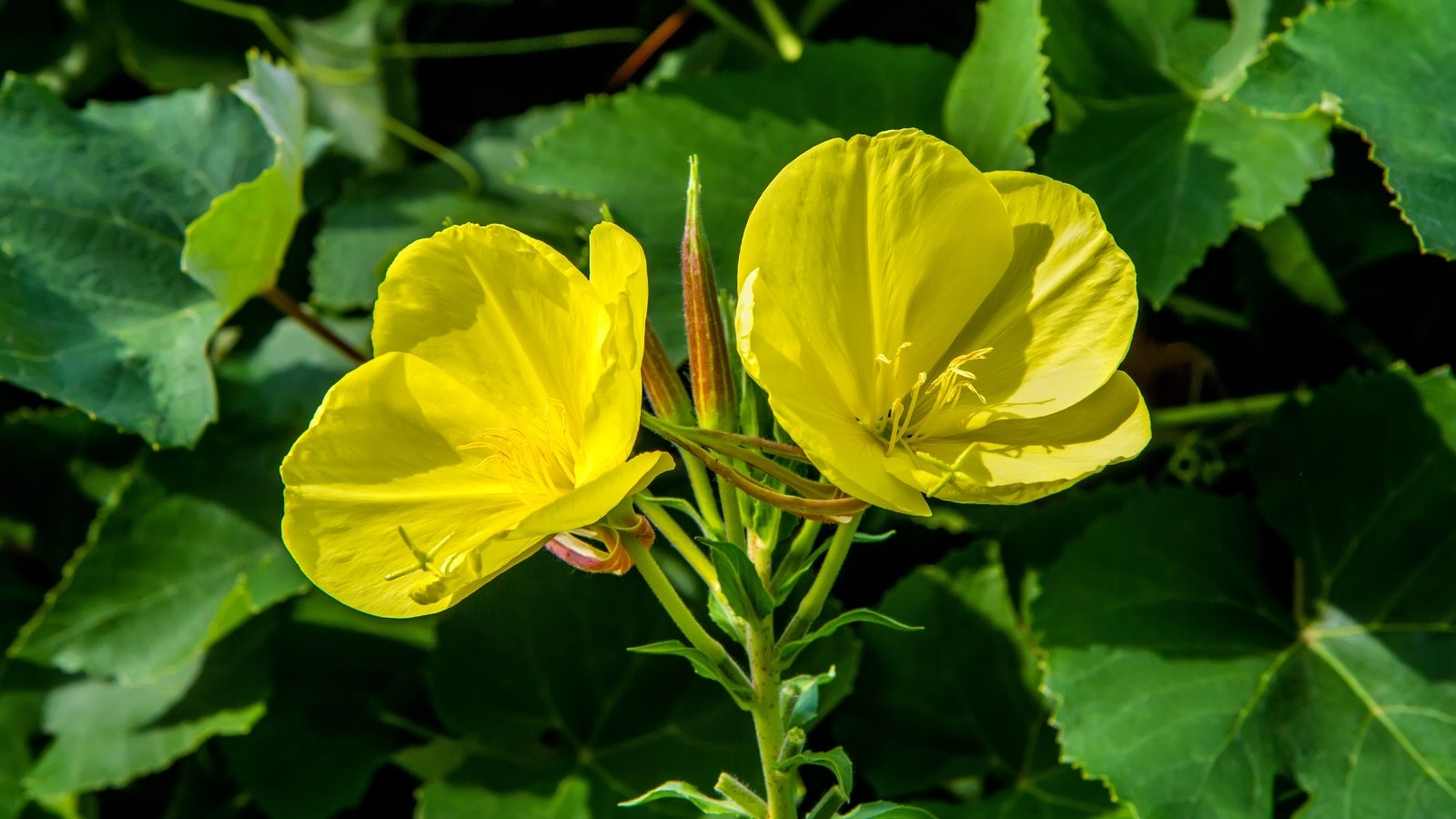
This biennial is native to most of the eastern half of the United States, where it grows in a variety of environments. However, you’ll often see it growing in disturbed areas like roadsides, beside railroad tracks, and abandoned lots. Since the plants are biennial, they form short rosettes of leaves in their first year of growth and send up a tall flower stalk in their second year.
The yellow flowers appear in the early summer and continue blooming into the fall. The flowers open during the night and close during the day, but you can still see their bright yellow color when it’s bright out. Birds love the small seeds that appear after the flowers.
The native seeds germinate best at cool temperatures, yet they don’t require cold stratification. You can sprinkle them outdoors in the early spring or plant them indoors. No matter where you plant them, leave them uncovered to encourage germination.
Switchgrass
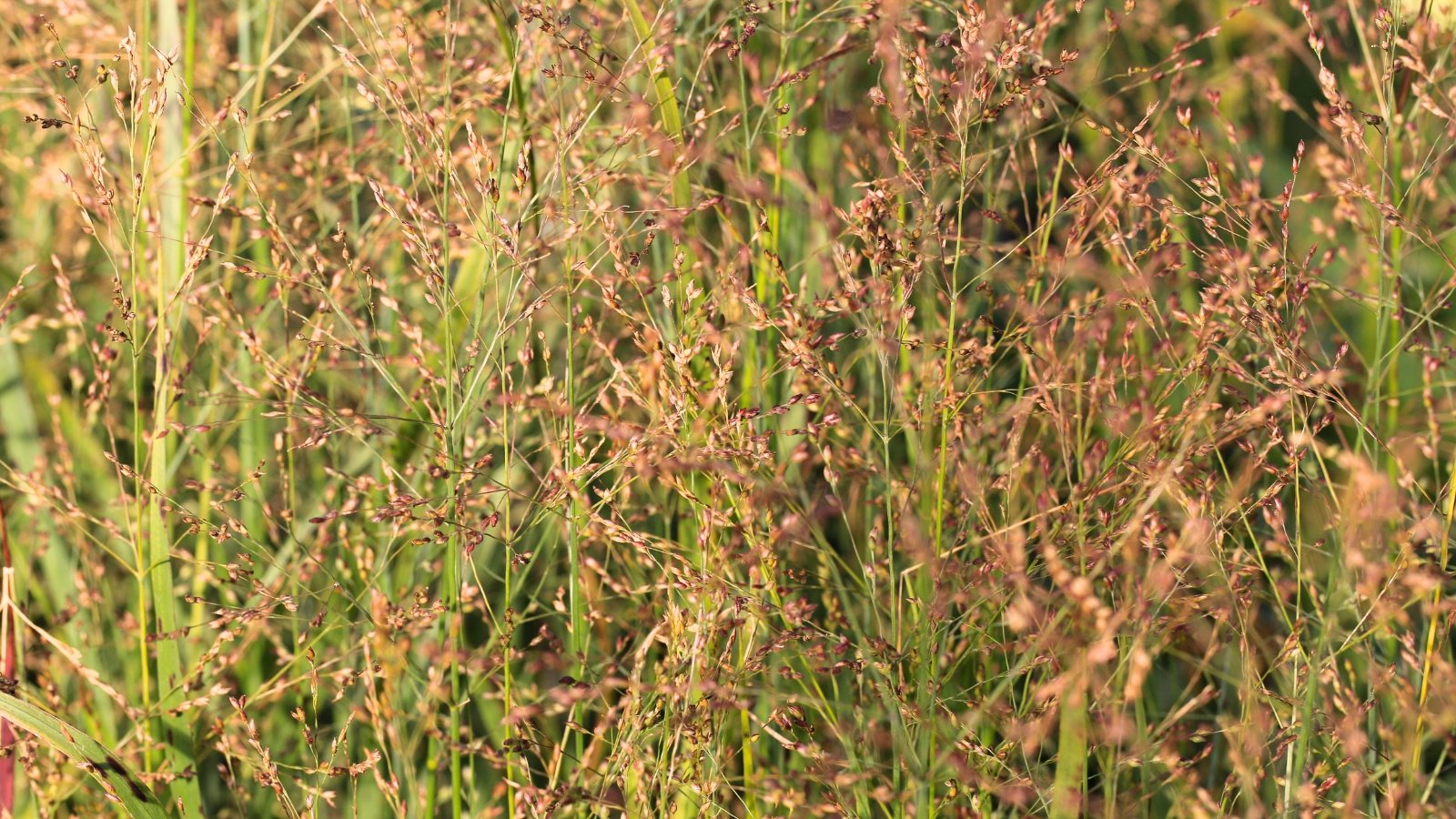
Switchgrass is a perennial grass native to areas across the United States, with the exception of the West Coast. It can grow in various soil types and tolerates dry and slightly moist ground. Switchgrass produces wide leaf blades that remain green in the spring and summer, then turn golden yellow in the fall.
While the plants are attractive in the summer, they become beautiful when they produce their large, lacy panicles of seeds. The seeds emerge green but mature to shades of pink and purple. They remain on the plant throughout the winter, providing both food and shelter for birds.
Since switchgrass spreads by rhizomes and is a prolific self-seeder, be careful planting it in small areas. If you’re not careful, you can end up with a patch entirely filled with this native grass. If you want to plant switchgrass, cover the seed with a little bit of soil and keep them somewhere warm.
Clustered Mountain Mint
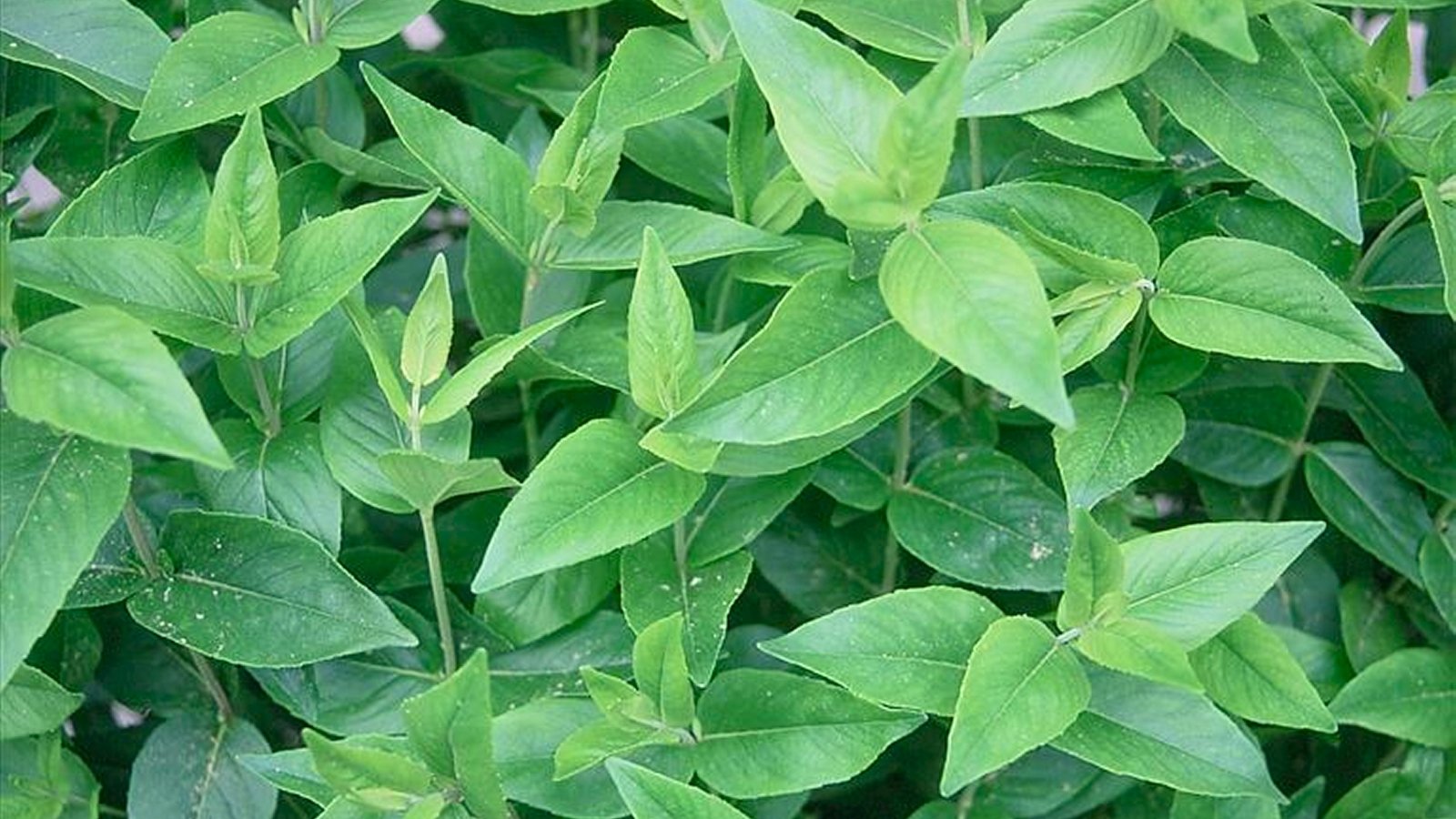
There are many mountain mint species, but this one stands out from the others with its wide, light blue-green leaves. During the summer, the plants produce round clusters of small white flowers that attract an array of pollinators—a patch becomes abuzz with all types of bees and wasps.
Like most mints, this species produces rhizomes and spreads over time. However, it doesn’t spread as aggressively as peppermint or spearmint. If it ends up outside of your desired range, you can easily prune the rhizomes.
Dividing a cluster of native mountain mint is an easy way to propagate new plants, but you can also grow new plants from seed without requiring any cold stratification. Set the small seeds on the top of the soil surface and keep them moist until they germinate.
Great Coneflower
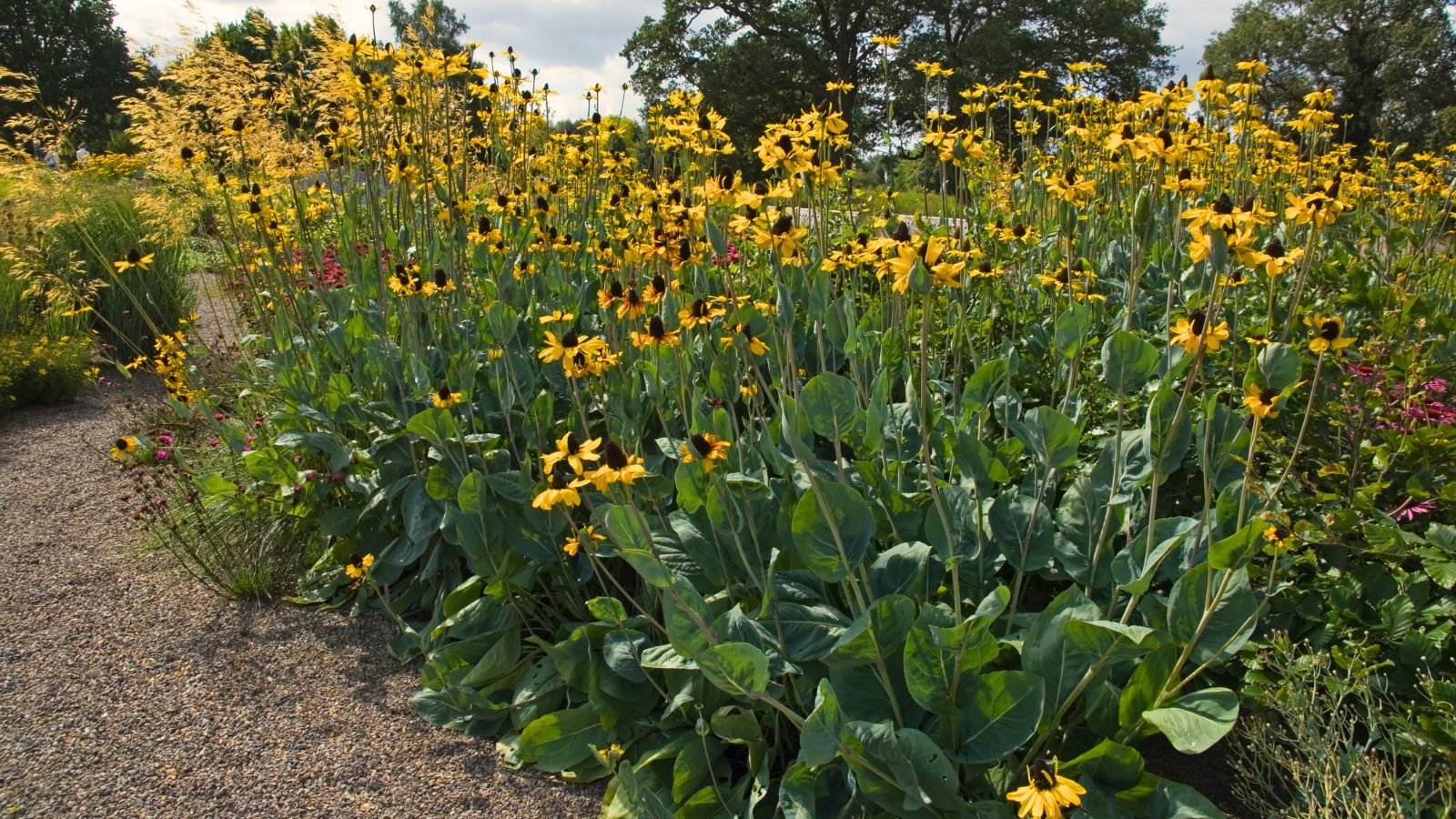
Although it’s only native to a small portion of the southern U.S., great coneflower stands out thanks to its tall stems topped with brown and yellow. The central brown disc florets combine to form a tall cone, and the short yellow ray florets surround the center of the flower. When you use your imagination, the flowers look like party hats.
This plant prefers moderately moist soil, so keep it away from soggy areas and water well during drought. Since it grows so tall, make sure it has enough room to expand without infringing upon structures or other plants.
Little Bluestem
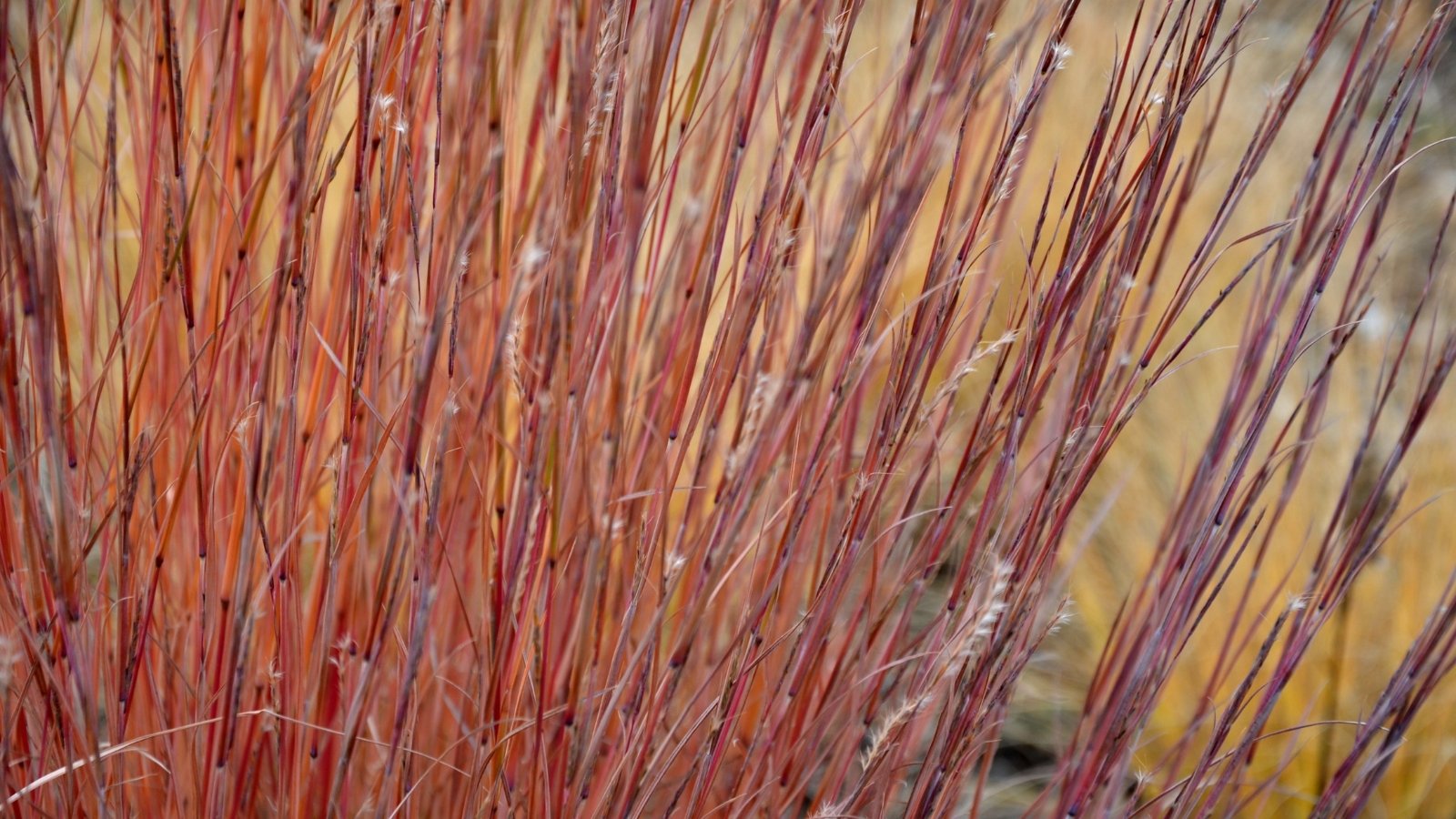
A common warm season grass, little bluestem is native to almost all regions of the continental U.S. You can find it in prairies and grasslands from Maine to Florida all the way west to Montana and New Mexico. Therefore, it’s used widely in landscape restoration projects as well as home plantings.
The grass grows in clumps of beautiful blue-green leaves. During the fall, these leaves turn stunning shades of copper and send out fluffy white seeds. Birds eat the seeds, and multiple species of skipper butterflies lay their eggs on the leaves.
Little bluestem can tolerate drought, but it can also survive brief periods of wet soil. That’s one reason why it’s well-suited for many environments. You can plant this grass in clusters to fill an empty field or mix it with other grasses and wildflowers to create a mixed meadow.
Smooth Blue Aster
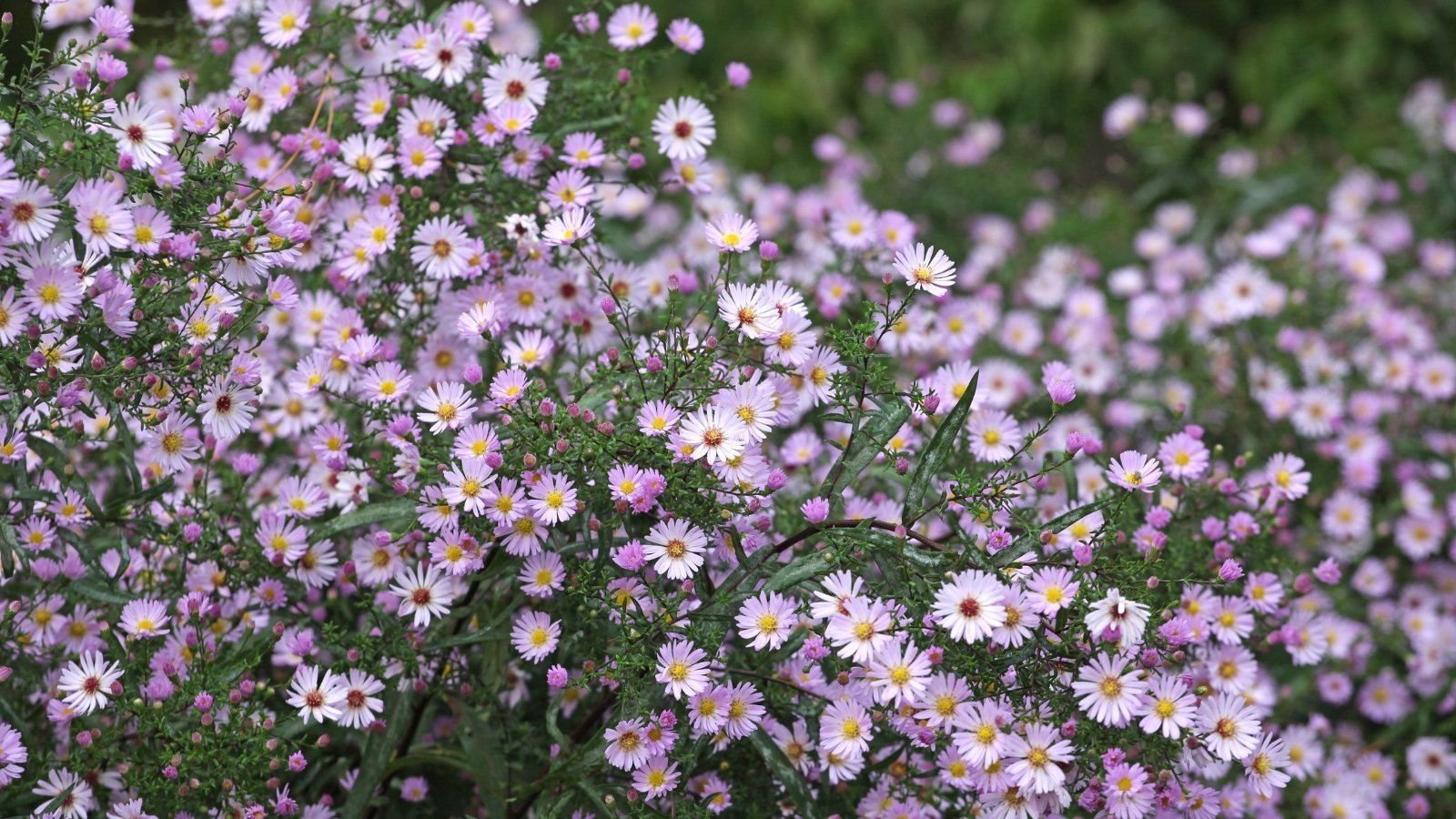
Unlike many other asters, this species has smooth leaves. The perennials are a moderate height and grow well in slightly wet to slightly dry soil, making them great flowers for mixed plantings. Since they bloom in the fall, mix them with summer bloomers like coneflowers and wild bergamot for a season full of color.
The small, light blue or purple flowers cover the stems in the late summer and fall, providing a late food source for pollinators. And since they’re native to regions across the country, they grow well in a variety of climates and soil types. The smooth blue aster lacks rhizomes, but slowly spreads via its fibrous root system.
Purple Prairie Clover
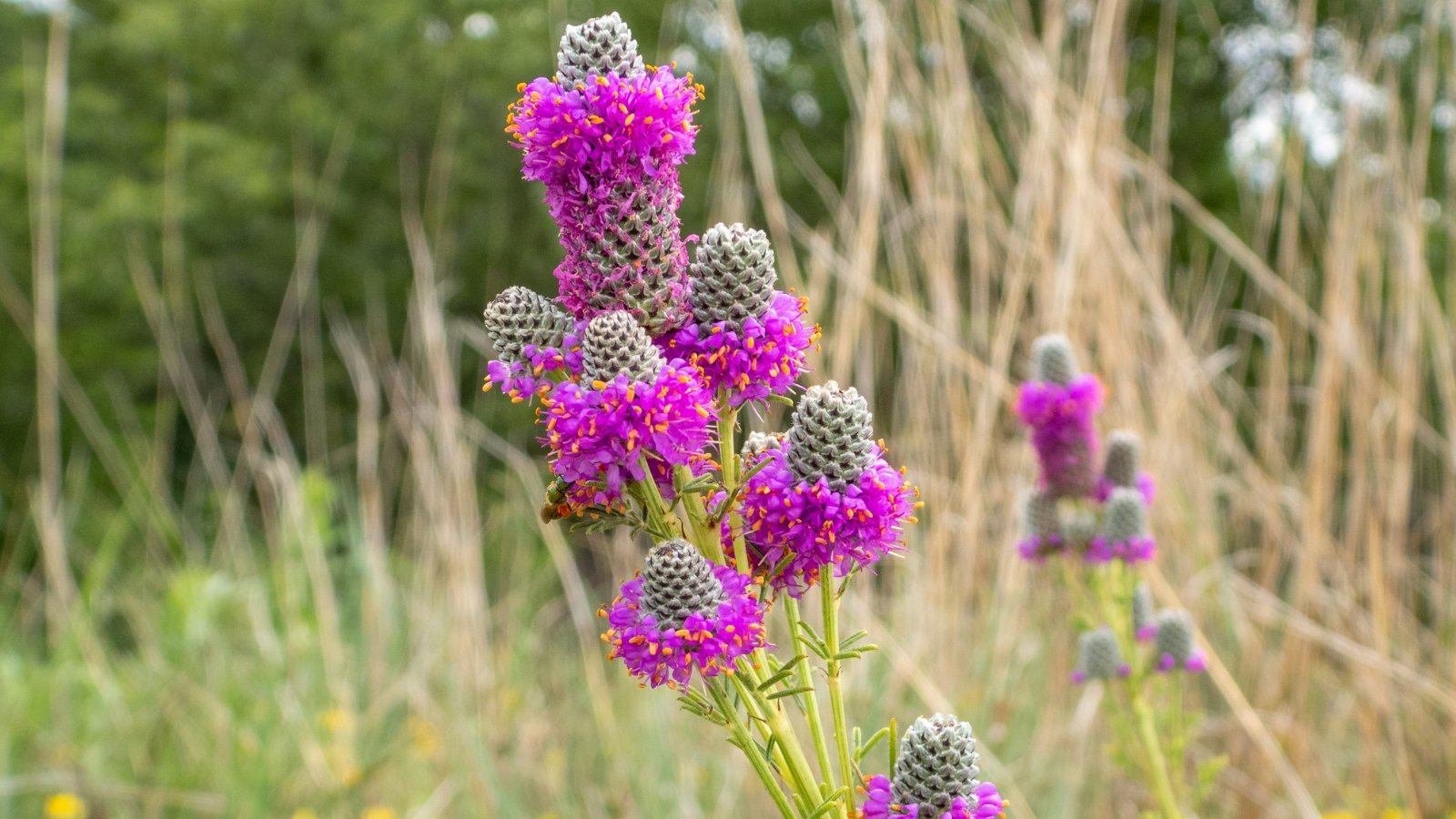
Native to much of the central third of the United States, purple prairie clover is a common legume in dry prairies and grasslands. The plants have a deep taproot that allows them to survive drought and thrive in various soil types. Like all legumes, the plants form relationships with nitrogen-fixing bacteria and increase the soil nitrogen content.
Unlike species like red clover and white clover, this plant doesn’t have three distinct leaflets. Instead, it has elongated, narrow leaves on a branching stem. During the summer and early fall, the plants produce oblong flower heads covered in tiny, bright purple flowers. Pollinators, including bees and butterflies, enjoy the nectar and pollen.
Although the seeds won’t need cold stratification to germinate, they may require treatment. If you obtain unhulled seeds, you can plant them immediately. However, if the seeds are covered by hulls, scratch the coating with sandpaper before planting.
